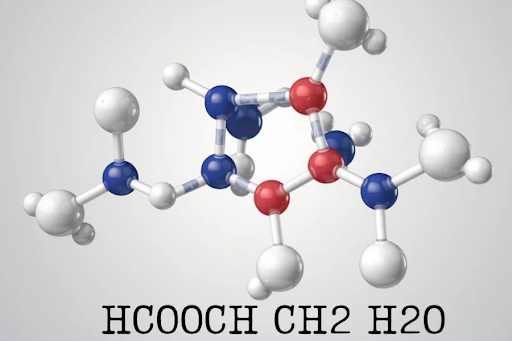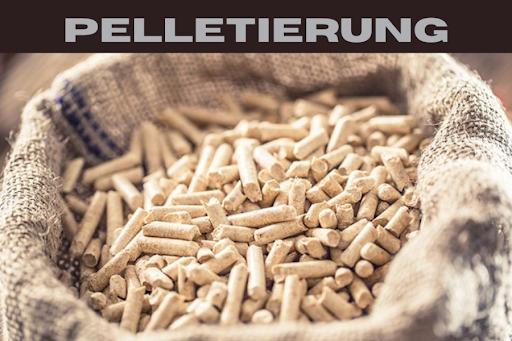
The Power of Cathodic Letting Go in Preventing Metal Degradation
Metal degradation poses a serious threat to industries across the globe. It is often a hidden danger that can result in significant financial loss, unforeseen operational disruptions, and even catastrophic failures. Thankfully, industries have discovered innovative methods to tackle this problem. One such groundbreaking technique is cathodic letting go, an approach that is changing the way we think about corrosion protection. This method combines the science of electrochemistry with the natural processes of metal oxidation, helping to keep metal surfaces safe and functional for longer periods. Let’s explore how this fascinating process works and why it’s gaining traction in industries that rely on the durability of metal structures.
What Is Cathodic Letting Go?
At its core, cathodic letting go is a unique method for controlling and preventing corrosion by encouraging natural oxidation in a controlled environment. Unlike traditional corrosion protection methods, which rely heavily on applying external protective coatings or electrical currents, cathodic letting go is based on the principle of allowing the metal to interact with its surroundings in a controlled, yet natural way. The goal is not to prevent oxidation entirely but to manage it in such a way that the metal’s integrity is preserved over time.
This method is built on fundamental electrochemical principles, where different metals interact with their environment based on their inherent electrical potentials. By carefully manipulating these interactions, industries can prevent the accelerated degradation that often leads to major infrastructure issues. This approach minimizes the need for constant maintenance and reduces the reliance on protective barriers, which can deteriorate or fail over time.
The real advantage of cathodic letting go lies in its ability to reduce corrosion-related failures in a more sustainable and cost-effective manner. By embracing this method, industries can protect valuable assets while also contributing to long-term environmental goals.
How Does Cathodic Letting Go Function?
The working principle of cathodic letting go might seem unconventional at first glance. Essentially, it involves allowing the metal surface to undergo a controlled form of oxidation, but with the aim of preventing harmful corrosion. The process is rooted in electrochemical theory, where the metal’s interaction with its environment is adjusted to ensure the degradation is slow and manageable.
Instead of applying external current or protective coatings, cathodic letting go uses the natural tendencies of metals to oxidize and form protective layers. These layers prevent deeper corrosion, much like the passive oxide film that forms on aluminum. The technique works by carefully managing the electrochemical potentials of various materials to create a balance that naturally reduces the likelihood of localized corrosion.
Through this approach, the metal’s surface oxidizes in a controlled manner, mitigating the risks associated with unchecked degradation. This proactive method not only prevents severe corrosion but also helps extend the life of critical infrastructure by reducing the need for frequent repairs or replacements. By focusing on the natural electrochemical processes, industries can significantly enhance the durability and resilience of their materials.
Key Advantages of Cathodic Letting Go in Preventing Metal Degradation
The practice of cathodic letting go brings a variety of benefits to industries grappling with metal degradation. One of its most notable advantages is the significant increase in the lifespan of metallic structures. By effectively managing corrosion, businesses can reduce maintenance costs and prevent the need for costly replacements. This long-term protection results in substantial cost savings.
In addition to cost-effectiveness, cathodic letting go aligns with global sustainability efforts. By minimizing corrosion, industries contribute less waste to landfills and water systems, reducing environmental pollution. In this way, the method supports greener practices and helps companies meet increasingly strict environmental regulations.
Another significant benefit is the improved safety it provides in industrial settings. Rust and corrosion can lead to catastrophic failures, endangering employees and equipment. By mitigating these risks, cathodic letting go creates safer working environments, reducing the likelihood of accidents caused by structural weaknesses.
Furthermore, cathodic letting go improves operational efficiency. With fewer interruptions for maintenance or repairs, businesses can focus more on production and less on managing equipment failures. This makes operations smoother and more predictable, leading to better overall performance.
By integrating cathodic letting go into their corrosion prevention strategies, companies can not only protect their assets but also improve their operational and environmental impact.
Industry Applications of Cathodic Letting Go
Cathodic letting go is finding widespread application across various industries, each benefiting from its corrosion-prevention properties. The oil and gas industry, for example, has embraced this method to protect pipelines from the harsh effects of corrosion. Pipelines are exposed to many elements, including moisture, salt, and chemicals, which can quickly degrade their structure. By managing electrical currents and oxidation processes, companies can extend the lifespan of their pipelines and reduce the frequency of maintenance.
In the maritime sector, ships and offshore platforms are frequently exposed to saltwater, which accelerates metal degradation. The application of cathodic letting go helps protect these vessels from severe corrosion, reducing maintenance costs and ensuring their structural integrity. This is especially critical for ships that travel long distances or offshore platforms that operate in remote locations.
The construction industry also benefits from cathodic letting go, particularly in reinforcing steel structures like bridges and buildings. Rebar is commonly used to strengthen concrete, but it is susceptible to corrosion over time. By applying cathodic letting go, industries can protect rebar from deterioration, ensuring that the structures remain safe and functional for many years.
Even the renewable energy sector is leveraging this technique, especially when it comes to protecting wind turbines. These turbines face extreme weather conditions, and ensuring their metal components are protected from corrosion is vital for their long-term performance. By using cathodic letting go, renewable energy companies can prolong the operational life of their turbines and reduce repair costs.
Success Stories in the Adoption of Cathodic Letting Go
The effectiveness of cathodic letting go has been proven in real-world scenarios. In the oil and gas sector, one major pipeline operator was facing significant challenges with corrosion, which was threatening the integrity of their pipelines. By adopting cathodic letting go techniques, they saw a remarkable improvement in the longevity of their infrastructure. Not only did they reduce the need for costly maintenance, but they also extended the life of their pipelines by several decades.
In the marine industry, a shipping company that operates in regions with high saltwater exposure turned to cathodic letting go to combat corrosion on its vessels. The results were striking—corrosion-related damage decreased significantly, and the company reported reduced maintenance downtime and lower repair costs.
In the construction industry, a bridge project integrated cathodic letting go during its design phase. This foresight allowed them to avoid the costly repairs and delays that often arise when corrosion takes hold in the underlying steel. The technique helped to preserve the integrity of the bridge, ensuring its safety for many years to come.
These case studies highlight the transformative power of cathodic letting go, showcasing its potential to revolutionize how industries approach corrosion prevention and asset management.
Conclusion
As industries continue to evolve and face new challenges, cathodic letting go is becoming an increasingly essential tool in the fight against metal degradation. By adopting this proactive, cost-effective, and environmentally friendly approach, businesses can protect their assets, reduce maintenance costs, and improve safety. Industries across the oil and gas, marine, construction, and renewable energy sectors have already seen the positive impact of this technique.
By understanding the principles and benefits of cathodic letting go, companies can take meaningful steps toward building more resilient infrastructure and sustainable operations. The growing success of this method serves as proof of its value, and its continued adoption will likely shape the future of corrosion prevention in industrial practices. Embrace this transformative technique and ensure the longevity and reliability of your metallic structures for years to come.
FAQs
1. What is cathodic letting go?
Cathodic letting go is a corrosion prevention method that allows metal surfaces to oxidize in a controlled manner, promoting a protective layer to reduce further degradation.
2. How does cathodic letting go work?
It works by manipulating the electrochemical interactions between metals and their environment, encouraging natural oxidation to protect against corrosion without relying on external coatings or electrical currents.
3. What are the benefits of cathodic letting go?
It extends the lifespan of metal structures, reduces maintenance costs, improves safety, and supports environmentally friendly practices by minimizing waste and degradation.
4. In which industries can cathodic letting go be applied?
It is widely used in industries such as oil and gas, marine, construction, and renewable energy to protect infrastructure like pipelines, ships, bridges, and wind turbines from corrosion.
5. How is cathodic letting go different from traditional cathodic protection?
Unlike traditional methods that use external currents or coatings, cathodic letting go allows natural oxidation to occur in a controlled way, reducing reliance on maintenance-heavy solutions.
6. Can cathodic letting go prevent all forms of corrosion?
While it is highly effective in managing corrosion, it does not eliminate the need for periodic inspections and maintenance but reduces the severity and frequency of corrosion-related issues.
Stay informed with the latest updates: There Port!

